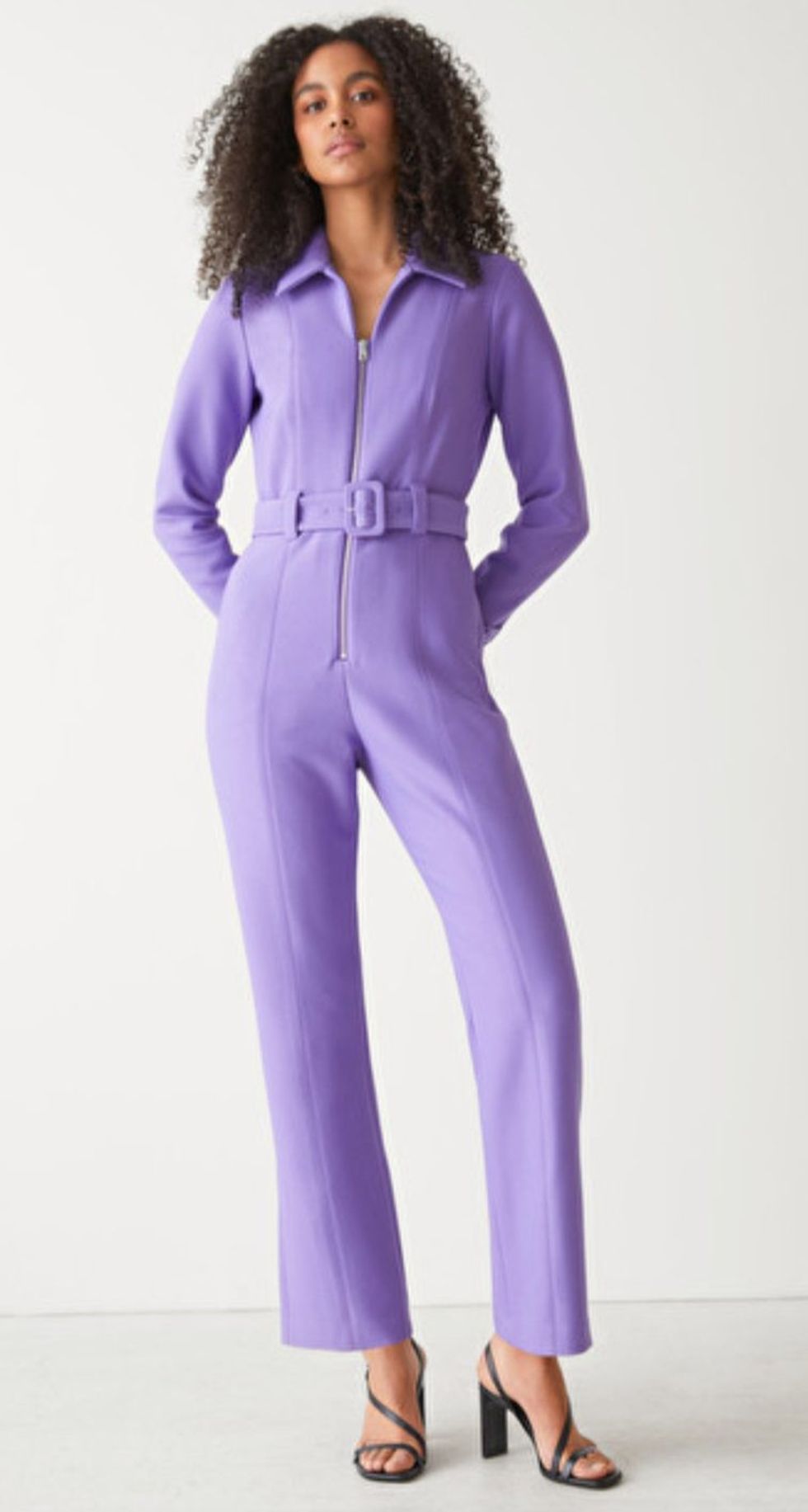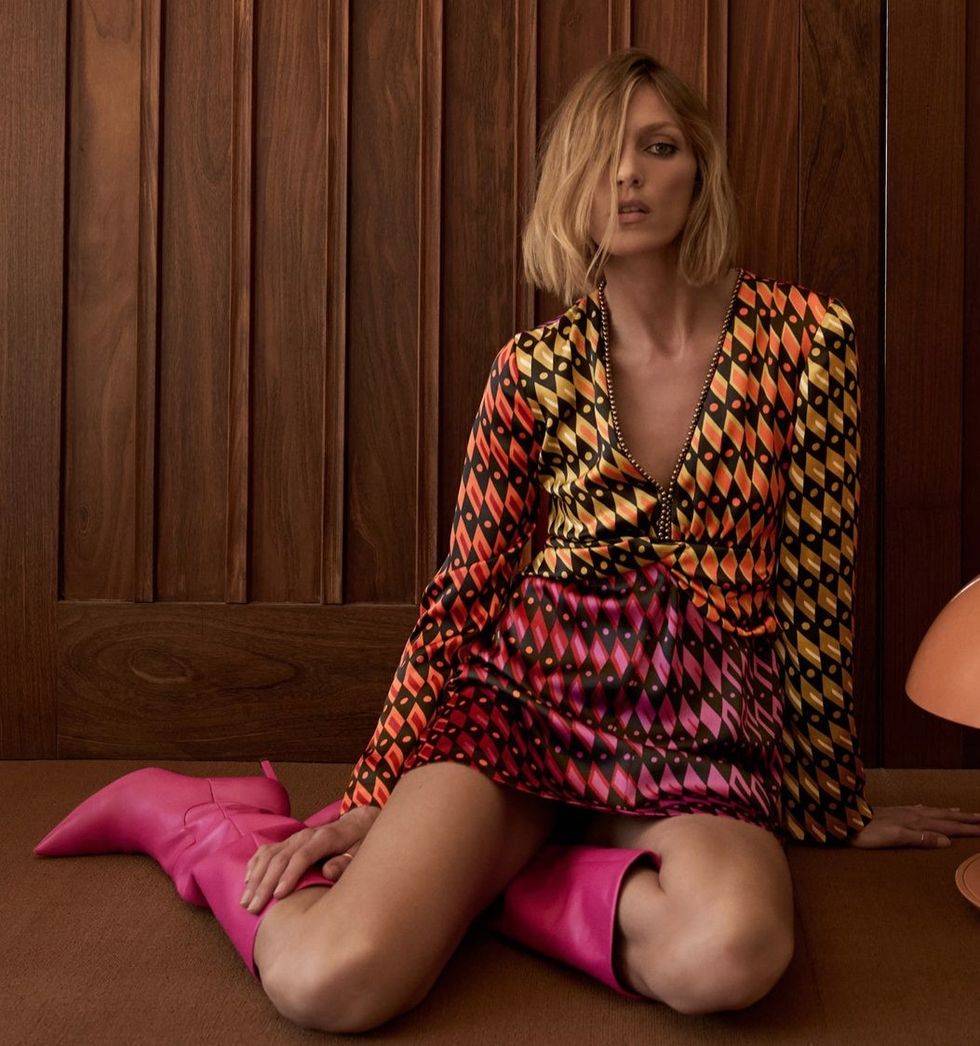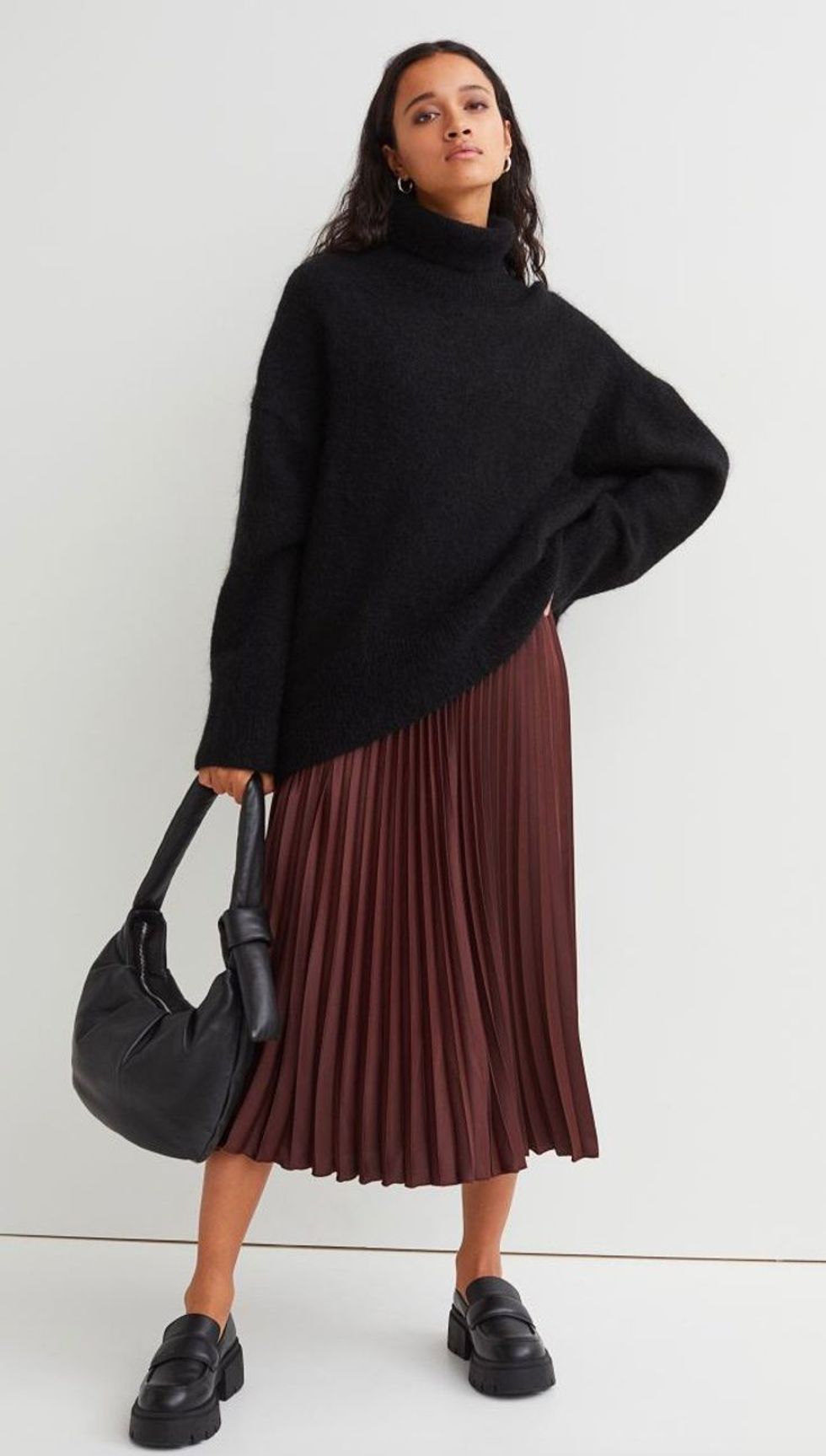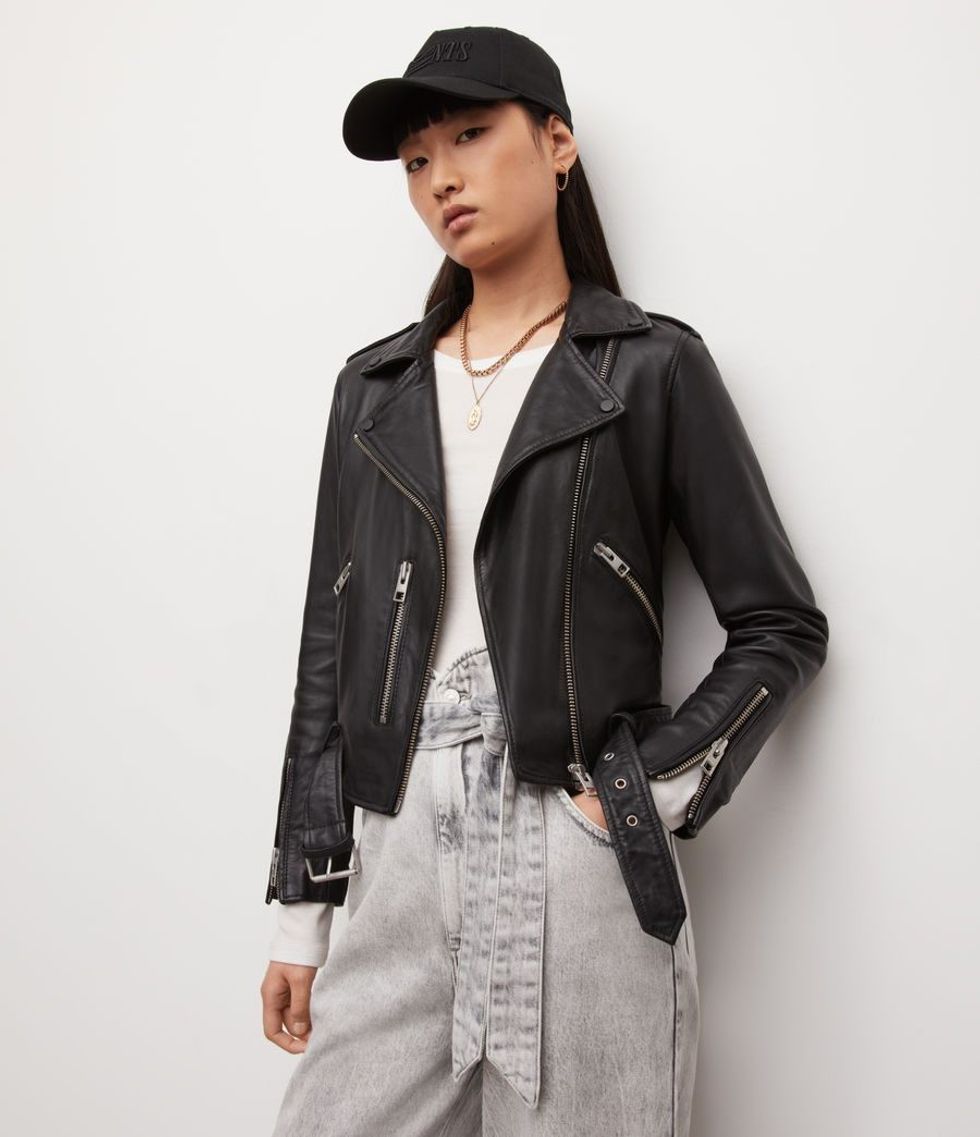A new season results in shops being filled with the latest trends, reimagined from high-profile catwalks around the world.
This year after two years of loungewear, there is an added sparkle as we emerge from the darkened depths of Covid-19, with eye-catching colours, bold prints, daring styles and interesting revivals.
Eastern Eye got Neelam Mistry-Thaker, a fashion expert, personal stylist and style coach to give a rundown of her top six trends for Spring/Summer 2022, and how she would style them. Before selecting the super six trends she said: “Before you get sucked into a new trend, ask yourself is this a fleeting fad or a really good addition to your wardrobe? As a Personal Stylist I always look out for the latest trends, but also think about how my clients can get the best use out of it, instead of wearing it for one season and then ditching it to the back of the wardrobe. So, think about pieces you are missing, what suits your body, which colours will make you glow and styles that are going to give everyone a glimpse into you and your personality.”

Colour: I love seeing colour on the high street. I’m here for it! You’ll see some top shades on the high street like spring greens, barbie pinks, bright oranges and very peri, the purple Pantone colour of the year. You can experiment with a more relaxed look with dressed down denim or go for an all-out party dress in a statement colour. Remember colour can also be worn in accessories like brights in a bag or shoes to give a subtle touch of energy and personality. Wear your favourite shades closer to your face to brighten your complexion and make a statement. You can try pairing complementary colours together like bright greens and blues or for a romantic look try purples with pinks!

Prints: I love experimenting with prints in bold and bright colours, clashing prints for a not so safe look and monochromatic prints for a more classic look. The trick with a print is to wear it in the area of your body you want to draw attention to. If you are feeling daring, pair prints with more prints or for an easier look pair a print with a block colour. Remember as well that they can be layered to create extra interest! They are a great way to add personality and colour to an outfit. I like to wear a print with a statement piece of jewellery with either complementary or clashing colours to give an extra dimension to an outfit.

Ultra miniskirts: Get your legs out for the ultra mini skirt! You’ll see them all over the high street in bold prints and colours to make the biggest statement. You can pair a mini with knee length boots or a pair of strappy heels for the ultimate bold look. To layer, try with a long open coat or a short biker jacket for an edgy look. Think the shorter the better! You’ll see them in matching co-ord options to create long clean lines of colour or print. Super elongating, for a more petite frame.

The pleated midi skirt: Probably one of the most wearable options that won’t easily date in your wardrobe. Try in different colours, fabrics, and prints. Experiment with the pleated skirt teaming with a crop top, loose fit t-shirt, knit or blazer to stay on trend, stylish yet timeless. It is probably one of my favourite pieces and can instantly add femininity to your wardrobe. Wider pleats add more width to the lower half of the body, so think about your proportions and how to create balance.

Cut outs: Yes, they are back! Cut out knits and dresses are everywhere. Let the cut out do the talking and avoid any other distractions. Think cut outs on the chest, shoulders, or waist to draw attention. I would pair a cut out knit with a smart wide leg denim and hair back for a sleek and sophisticated look.

Biker jackets: A true wardrobe staple making a big comeback this year! I would style with a simple and clean look to let the jacket make a statement. You can go for a black classic leather look in silver or gold detailing, or try suede and coloured options to add interest to your wardrobe. Easily paired with any piece in your wardrobe; denim, dresses, trousers. It can easily bring a whole outfit together.
These are some of my top trends for the season that are wearable when done right! Remember when investing in a trend ask yourself if it suits your body shape, compliments your natural complexion, and shows off you and your personality. The pieces that do will be your best investment. Happy shopping!
Instagram: @NeelamPersonalStylist, Facebook: Neelam Personal Stylist and www.neelampersonalstylist.com












